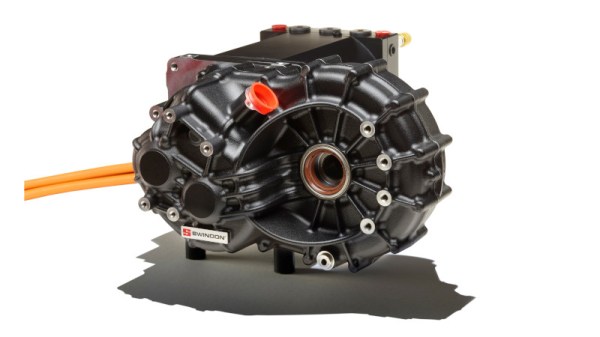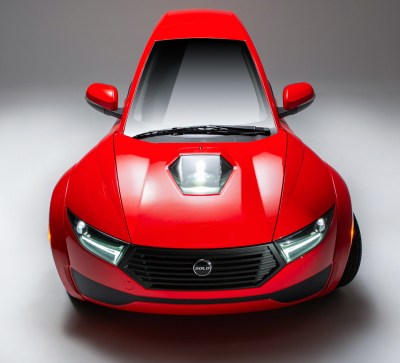Coroplast (short for corrugated plastic) is an interesting material. It has a structure similar to cardboard, but since it’s plastic it’s waterproof and can be used for a unique set of applications. It’s typically used for political yard signs, but there are more fun things to do with this lightweight material than advertise. [Paul Elkins], for example, uses it to make speedboats.
The boats that [Paul] builds make use of a piece of coroplast which he cuts and folds into a basic hull shape. From there he begins to assemble the other things needed to finalize the boat, including strengthening the shape with wood, adding a steering wheel, building a transom to mount the motor to, and placing controls in the cockpit such as throttle and steering. The entire build is enough to propel a single person on a body of water at about five knots, which is impressive.
To make one of these yourself you’ll need a small outboard motor, but all of the other details of the build are outlined clearly in his series of videos. If you want to build your own boat but don’t like the idea of a noisy two-stroke motor right behind you, you can also look into building a boat with a silent mode of propulsion.
And if you’ve got a good supply of Coro, definitely check out [Paul]’s other projects, including a tiny house.



 They provide
They provide 














